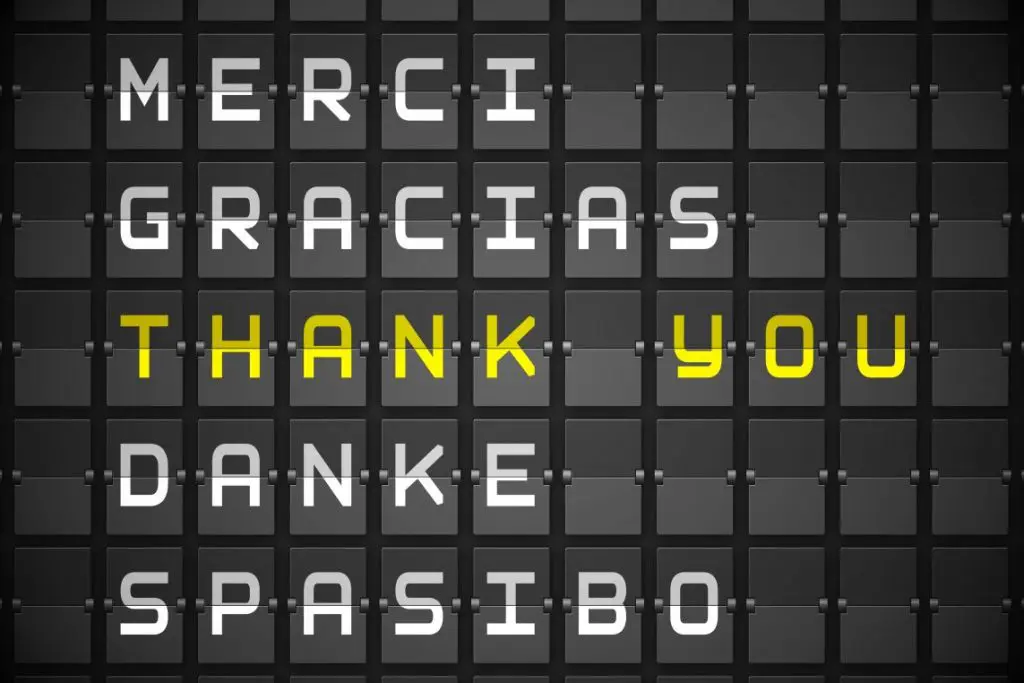German and Italian: Crucial Aspects of Translation
It is essential to keep in mind the key differences between German and Italian, when translating between these two languages. Although these two European languages have much in common, it seems more worthwhile, from a translation perspective, to highlight the differences. Thus, we will take a look at the particular features to be considered during translation.
-
Capital Letters
This is one area where the two languages differ significantly. While both languages begin every sentence with a capital letter, in German capitals are otherwise used much more often. All nouns are capitalised in German, while the situation in Italian is somewhat more complex. Names of people and places require capital letters but not all proper nouns do. Notably, days of the week and months of the year amongst others do not begin with a capital letter. The difference in use of capital letters must be remembered when translating a text from Italian to German, or vice versa.
-
Pronouns
The key difference from Italian to German in terms of pronouns relates to the forms of formal address. You in German is ‘du’ but this changes to ‘Sie’ if you are seeking to address someone formally, which is the same as the third person plural, bar the change of the ‘s’ to a capital. Whereas in Italian ‘tu’ becomes ‘Lei’ in the formal form, which besides the capitalisation of the ‘l’ is the same as the Italian pronoun meaning she. These differences are crucial when translating as the meaning of a sentence can be lost if the pronouns are mistranslated.
-
Negation
The formation of the negative form of a verb in German and Italian differ. In German ‘nicht’ meaning ‘not’ is inserted after the verb, generally speaking, to express the meaning of not doing something. The Italian equivalent sees the word ‘non’ used but it is crucially put before the verb which it negates. For instance, ‘I don’t speak Italian’ would be ‘non parlo italiano’.
Now that you have learnt about the key aspects of German and Italian, do not hesitate to read our other article to understand the crucial features of other pairs of languages.

